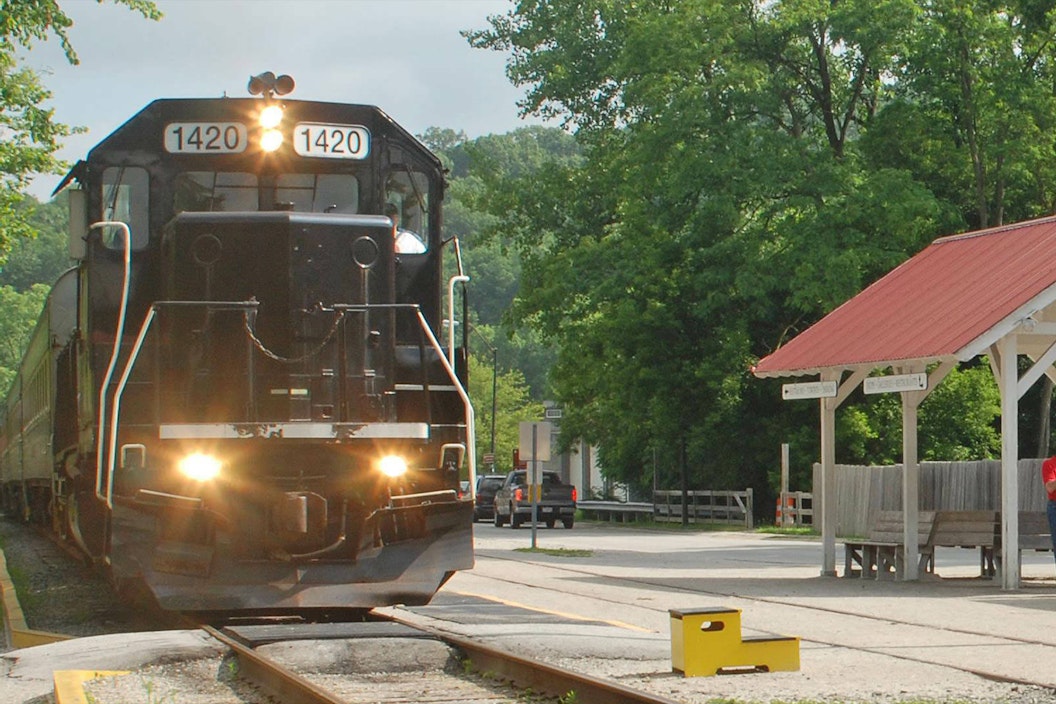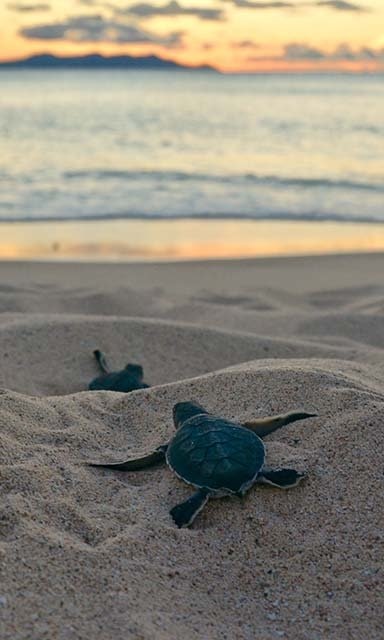
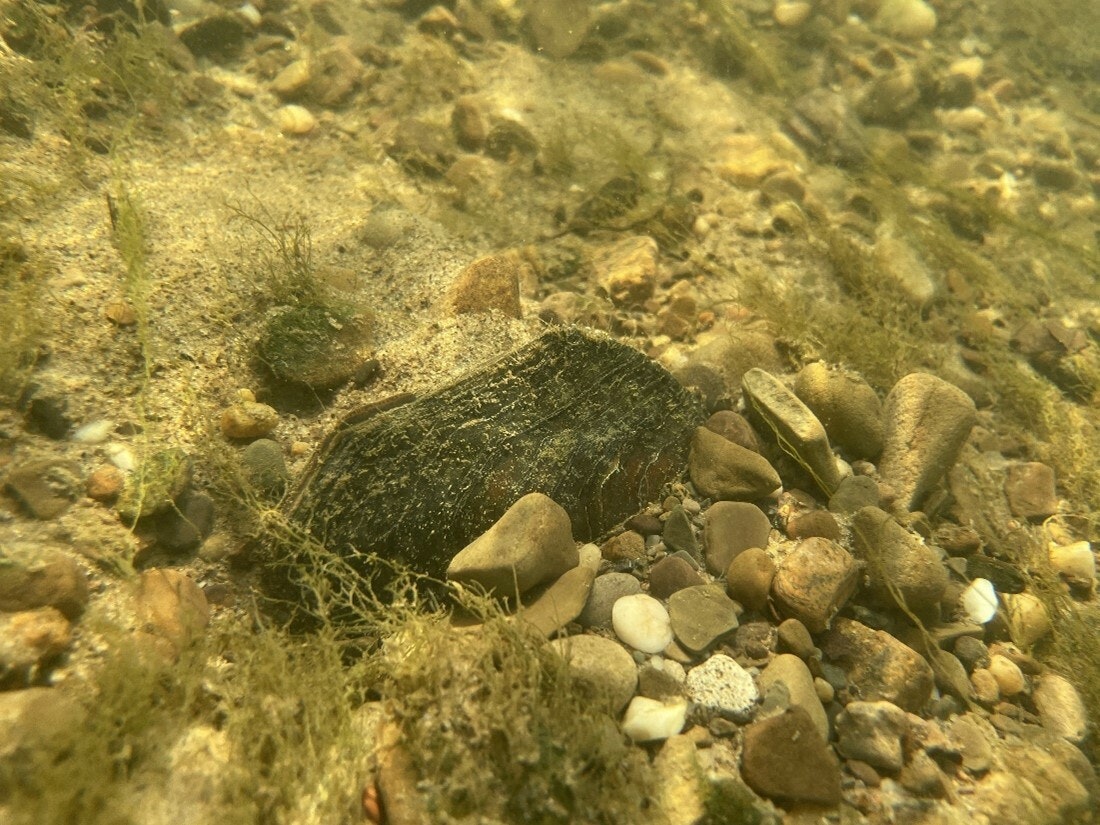
.
.
Freshwater mussels play a powerful role in aquatic ecosystems, with the ability to filter 5 to 10 gallons of water per day. Unfortunately, over 70% of all freshwater mussels are in decline, with the majority of species listed as federally endangered or threatened. Cuyahoga Valley National Park is no exception. Once a thriving habitat for diverse freshwater mussels, the park lost freshwater mussel populations due to the impacts of industrial waste, sewer overflows, and dam construction.
Past surveys indicate that mussel populations in the park have become functionally extinct, with only sporadic sightings of individuals, but no established mussel beds, despite recent improvements in overall river health. In response, Cuyahoga Valley National Park, with support from the National Park Foundation (NPF), initiated a project to revitalize freshwater mussel populations in the park and the broader Cuyahoga River watershed. This endeavor represents a step toward restoring the ecological balance of the Cuyahoga River, leading to a healthier river.
Reviving an Ecosystem
A collaborative effort between Cuyahoga Valley National Park’s Resource Management Division and other partners, the project’s first phase involves propagating freshwater mussels at the Genoa National Fish Hatchery. The park uses broodstock – reproductively mature animals that can breed – collected from the nearby Chargin River, which harbors a more robust mussel population than the Cuyahoga River. These mussels are currently being cared for at the Genoa National Fish Hatchery in anticipation of propagation commencing in fall 2023, with the goal of releasing them into the park in fall 2024.
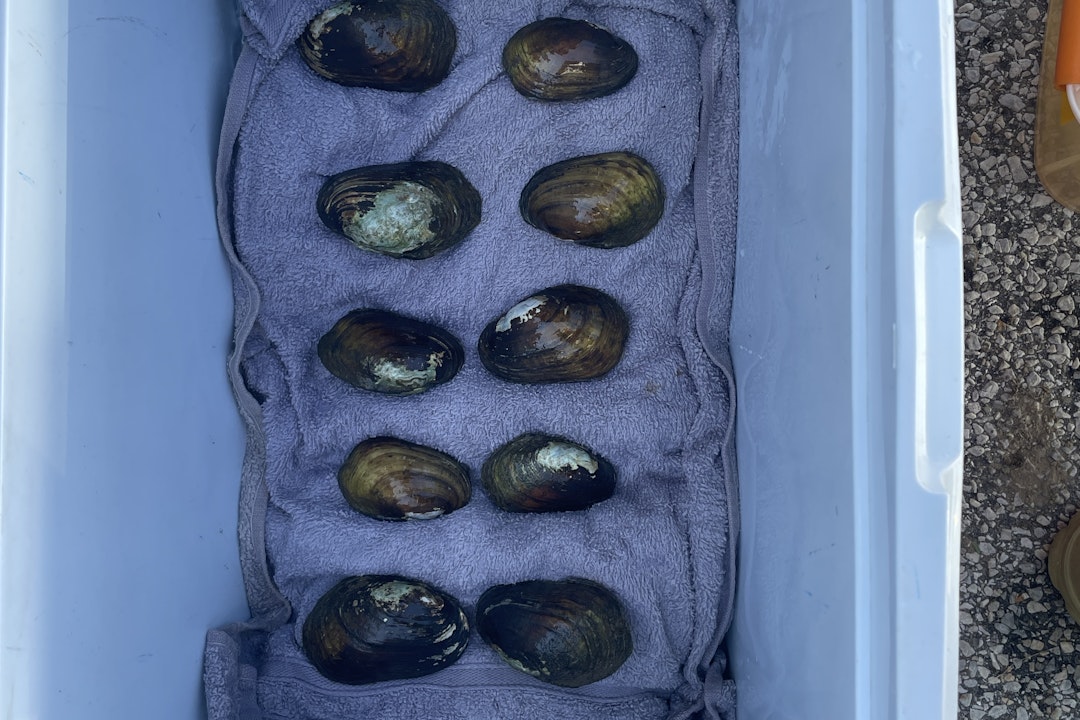
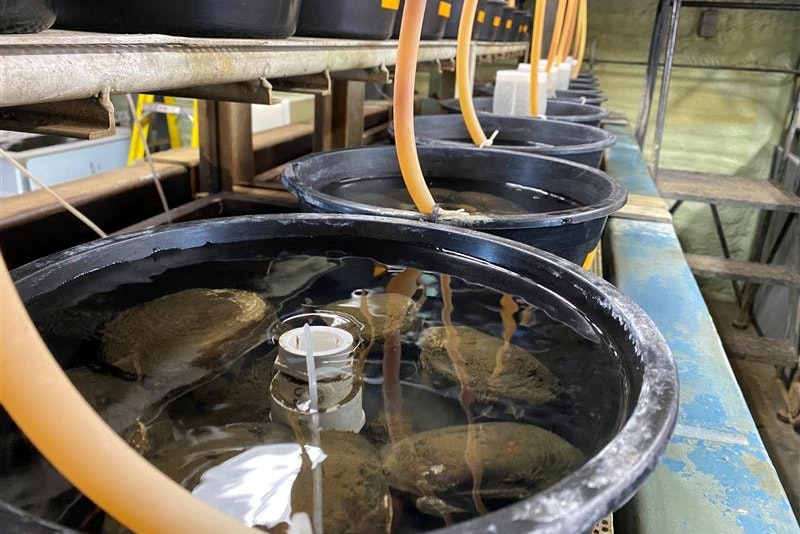
Simultaneously, the Ohio Division of Wildlife allowed the park to translocate 80 individual adult mussels from Eagle Creek to the Cuyahoga River while preparations for propagations were underway. These mussels were tagged and placed in the Cuyahoga River in June 2023, and monitored through September 2023. The initial checks in late June confirmed that all 80 mussels were alive and in their designated location. However, heavy rains in July and August caused a significant increase in river flow and water levels, leading to the displacement of many mussels. Nearly half of the translocated mussels remain unaccounted for, with only 21% found and confirmed alive after August storms.
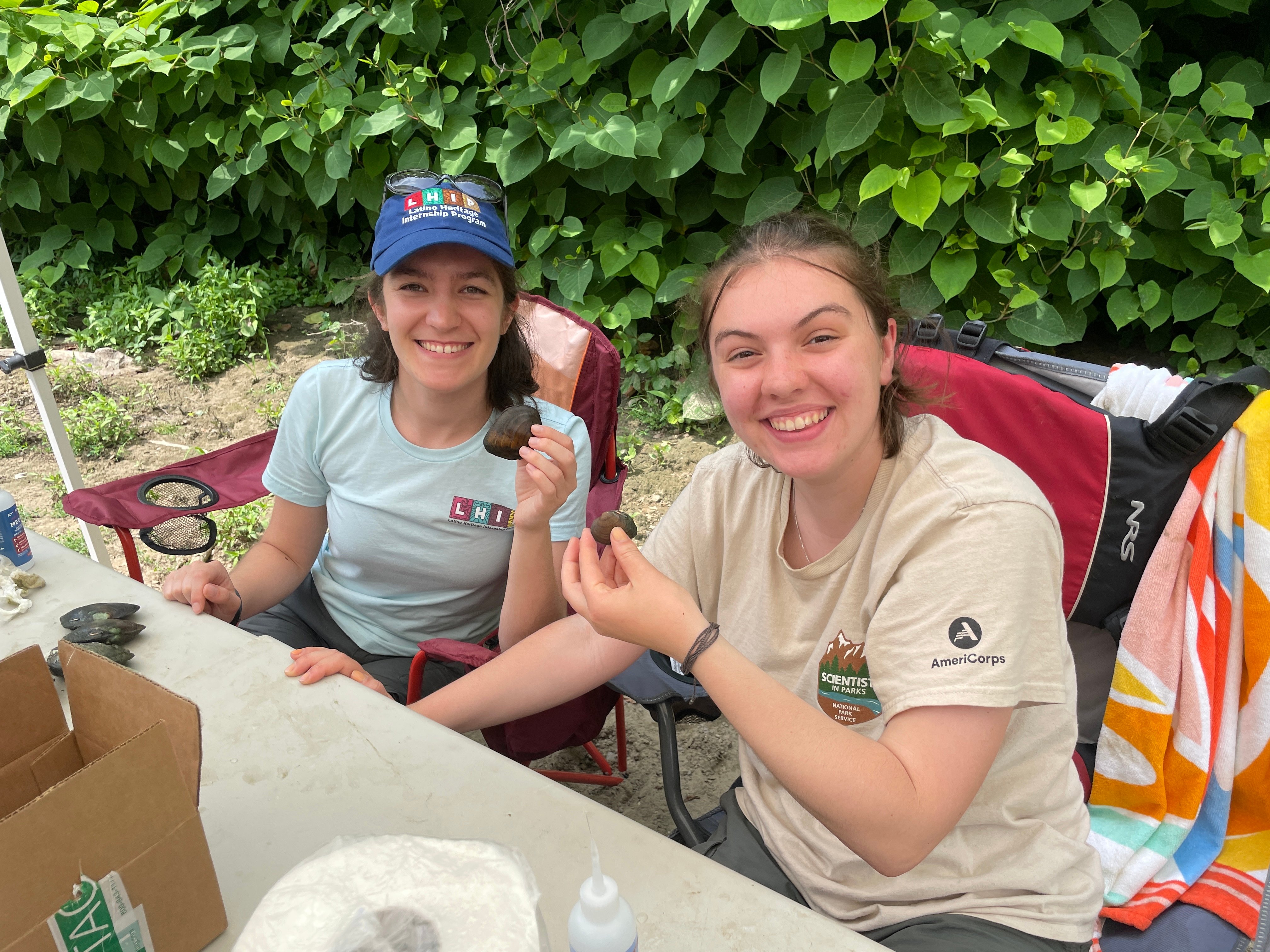
Despite the observed mortality rates being higher than desired, the project provided valuable insights, especially regarding the importance of bed stability. The movement of substrate caused by heavy rains presents a significant challenge to mussel restoration efforts. Mussels can tolerate some movement, but ensuring their best chance of success requires a stable environment. This experimental phase allowed the park to gather critical data that will assist in fine-tuning their plans for reintroducing mussels propagated at the fish hatchery. It also offered the opportunity to test equipment and methodologies ahead of the full-scale release in 2024.
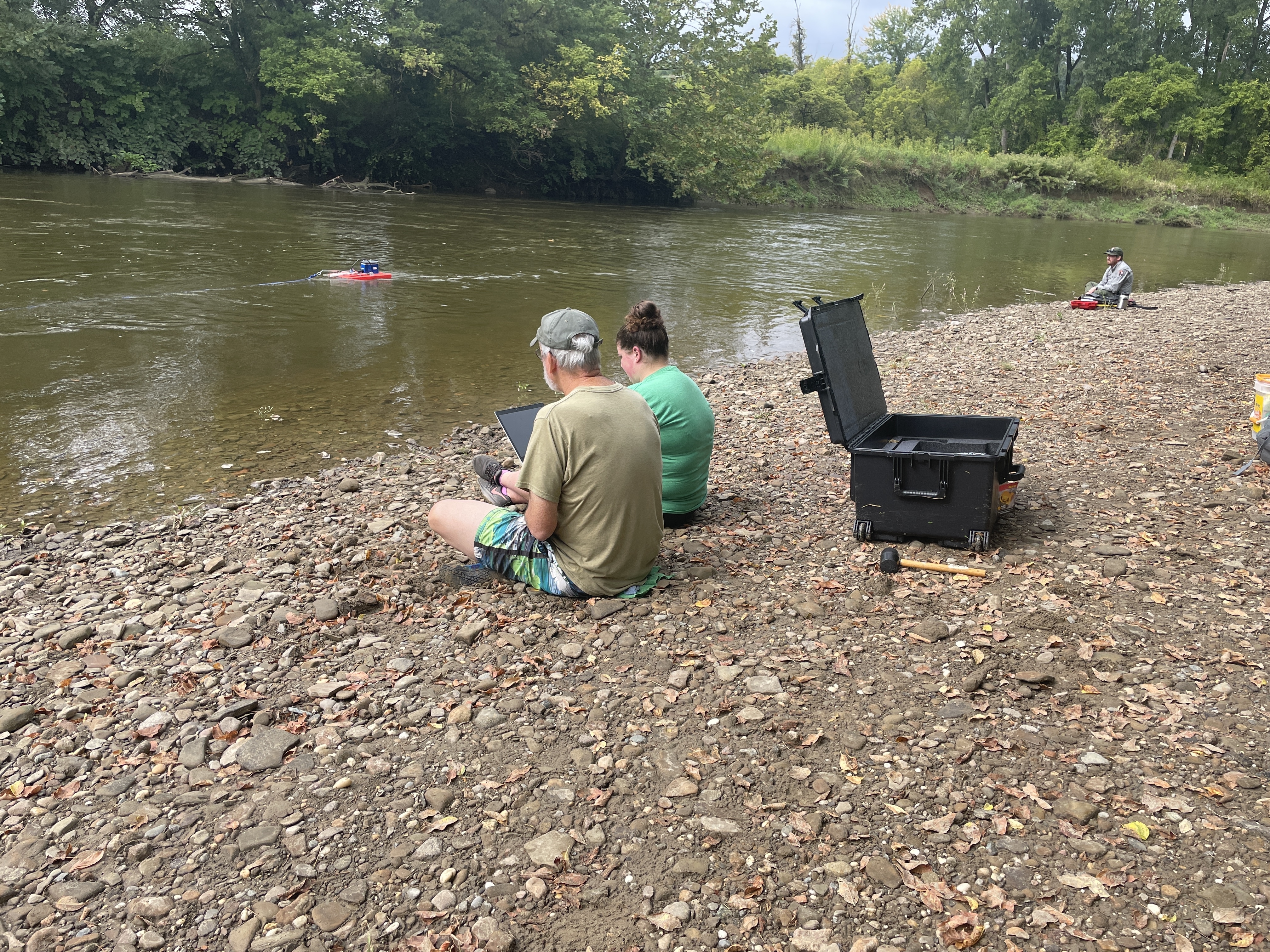
A critical facet to this project's success has been working with Cleveland State University and with university professor, Dr. Robert Krebs, who has been working on the Cuyahoga River for over two decades. Dr. Kreb’s lab of Graduate and undergraduate students supported research and monitoring efforts, providing important contributions to the project’s first year and in the years to come. Looking ahead, the park will conduct outreach to engage the community in mussel reintroduction efforts in 2024, enhancing scientific awareness and fostering stewardship of the river’s resources.
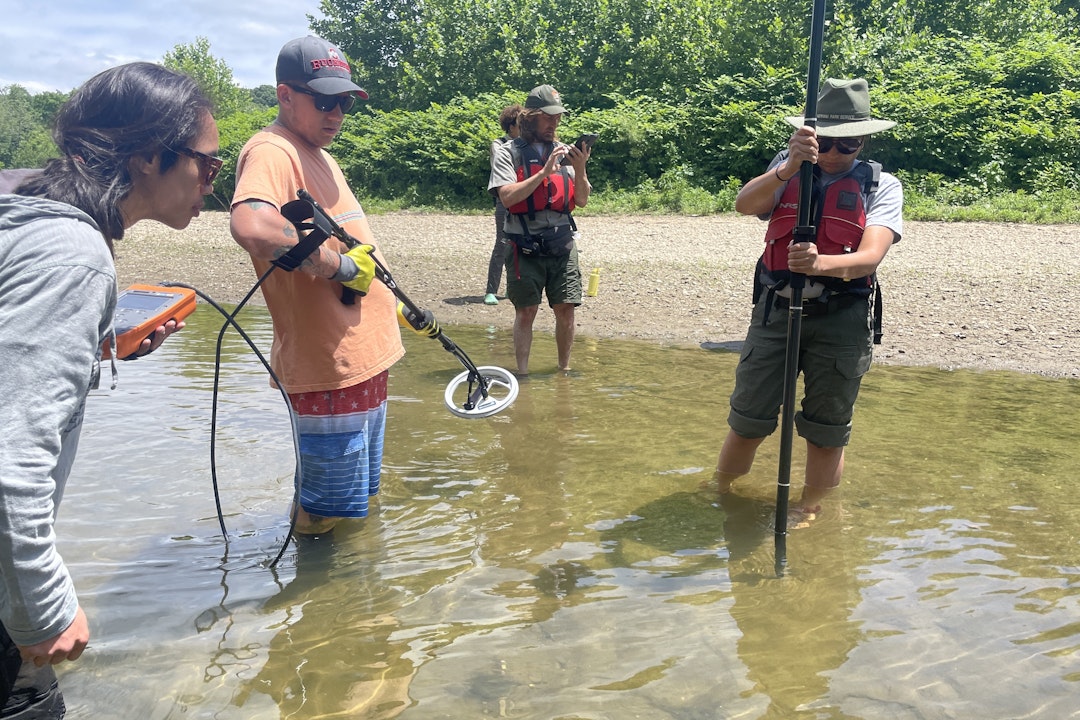
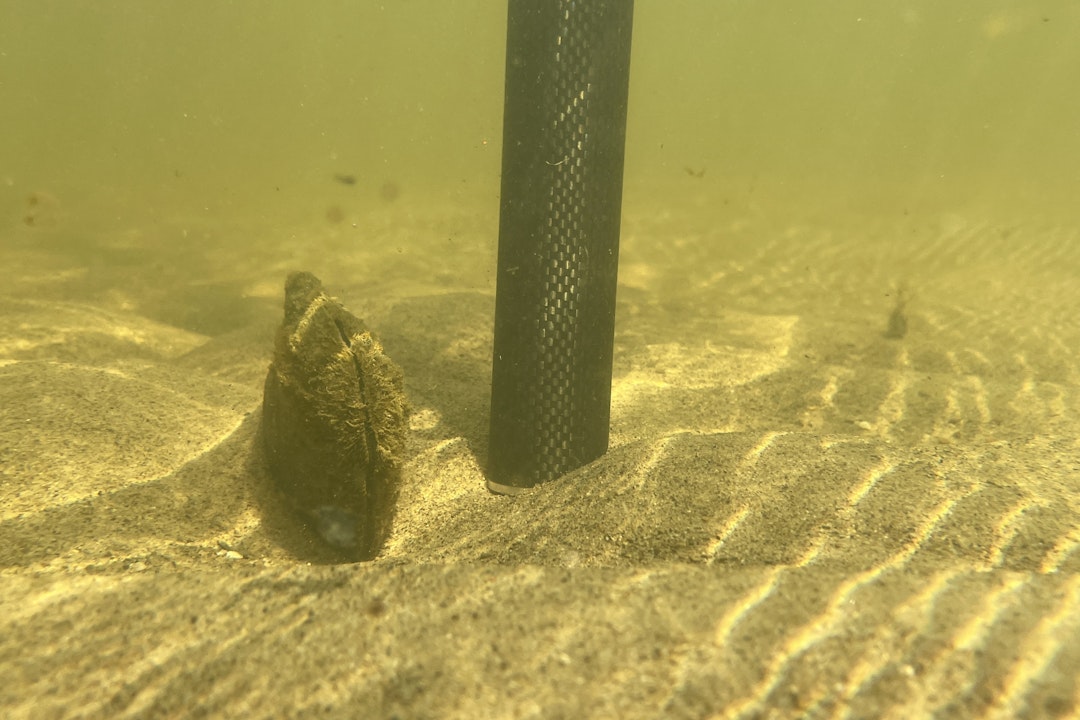
This project has already made a significant impact on Cuyahoga Valley National Park. Thanks to support from NPF, the collaboration between multiple agencies, and the hands-on work of the project team, this project will result in thousands of mussels being reintroduced to the Cuyahoga River, with the potential for the park to develop future programs, education, and scientific research centered on the Cuyahoga River. Reintroducing mussels to the lower Cuyahoga River will benefit Cuyahoga Valley National Park’s entire ecosystem, representing a milestone in the ongoing restoration and preservation of this natural resource.
Related Programs
-
 Wildlife
Wildlife -
 Habitat Conservation
Habitat Conservation
